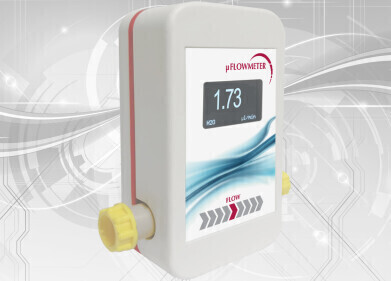LC-MS
What Instruments are Used to Measure PFAS
May 02 2023
Per- and polyfluoroalkyl substances (PFAS) are a group of man-made chemicals that are widely used in various industrial and consumer products due to their unique chemical properties. However, these chemicals are persistent in the environment and have been linked to adverse health effects, including cancer, liver damage, and developmental problems.
There are several analytical instruments that can be used to measure PFAS, including:
- Liquid Chromatography-Mass Spectrometry (LC-MS): LC-MS is a widely used analytical technique for PFAS analysis. It involves separating PFAS molecules based on their chemical properties using liquid chromatography and then detecting and quantifying them using mass spectrometry. LC-MS is highly sensitive and selective and can detect even trace amounts of PFAS in different matrices.
- Gas Chromatography-Mass Spectrometry (GC-MS): GC-MS is another analytical technique that can be used to measure PFAS. It involves separating PFAS molecules based on their volatility using gas chromatography and then detecting and quantifying them using mass spectrometry. GC-MS is useful for measuring volatile PFAS, but it is less sensitive than LC-MS.
- High-Resolution Mass Spectrometry (HRMS): HRMS is a powerful analytical technique that can be used to measure PFAS with high accuracy and resolution. It involves detecting and quantifying PFAS based on their mass-to-charge ratios using mass spectrometry. HRMS is particularly useful for measuring PFAS with complex structures and can provide information on their chemical formulas and structures.
- Ion Chromatography (IC): IC is a technique that can be used to measure specific PFAS such as perfluorooctanoic acid (PFOA) and perfluorooctanesulfonic acid (PFOS). It involves separating PFAS molecules based on their ionic properties using ion chromatography and then detecting and quantifying them using UV-Vis spectroscopy. IC is less sensitive than LC-MS but can provide accurate measurements of specific PFAS.
- Enzyme-Linked Immunosorbent Assay (ELISA): ELISA is a rapid and inexpensive analytical technique that can be used to measure PFAS in biological samples such as blood and urine. It involves using antibodies that bind specifically to PFAS molecules and then detecting and quantifying the bound PFAS using colorimetry or fluorescence. ELISA is less sensitive and specific than LC-MS but can provide useful information on the exposure of PFAS in human populations.
In conclusion, there are several analytical instruments that can be used to measure PFAS in different matrices. Each technique has its advantages and limitations, and the choice of technique depends on the type of sample, the level of sensitivity required, and the specific PFAS of interest.
More information online
Events
May 11 2025 Vienna, Austria
May 18 2025 Tempe. AZ, USA
May 21 2025 Birmingham, UK
Jun 01 2025 Baltimore, MD, USA
Jun 15 2025 Bruges, Belgium














